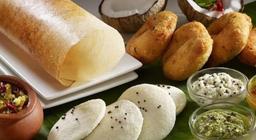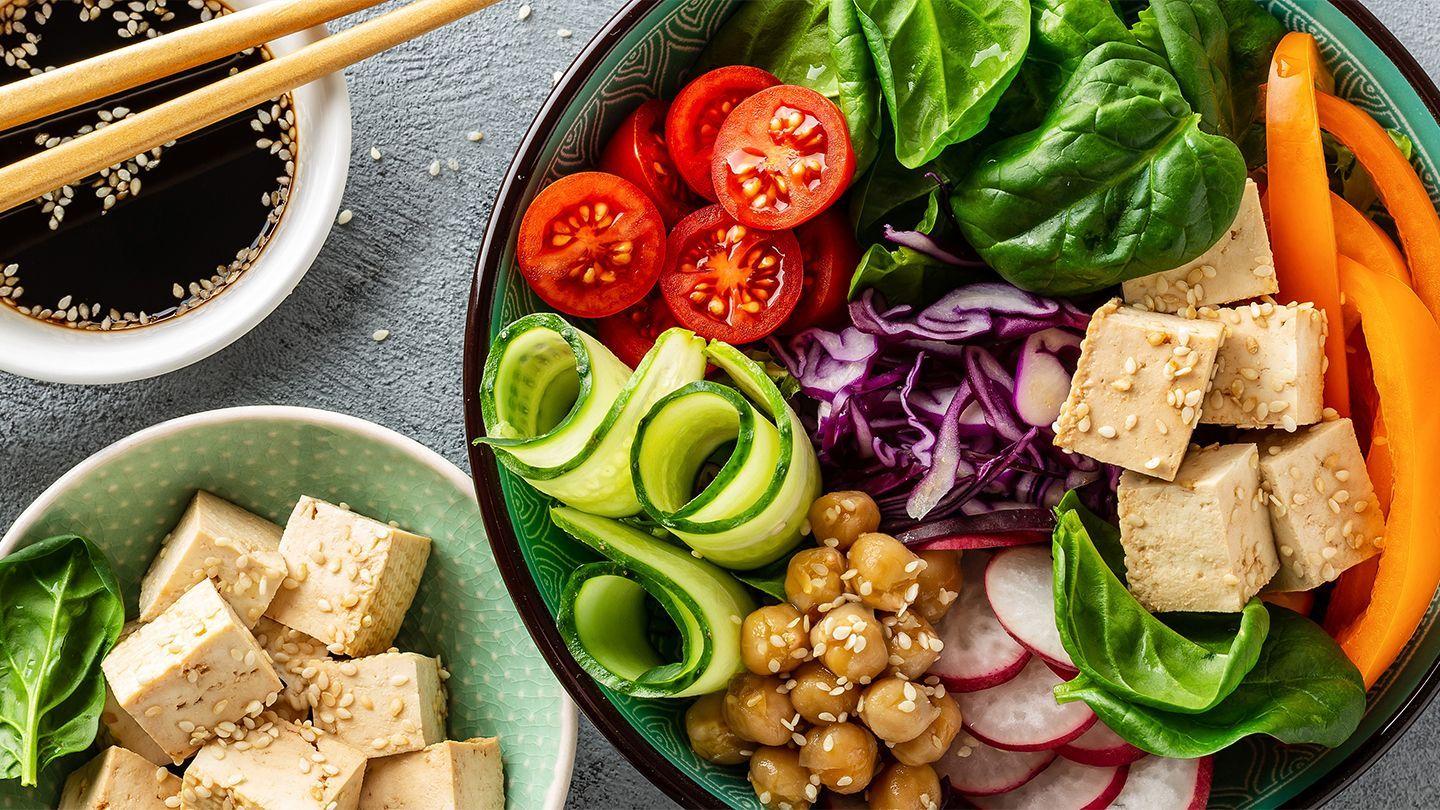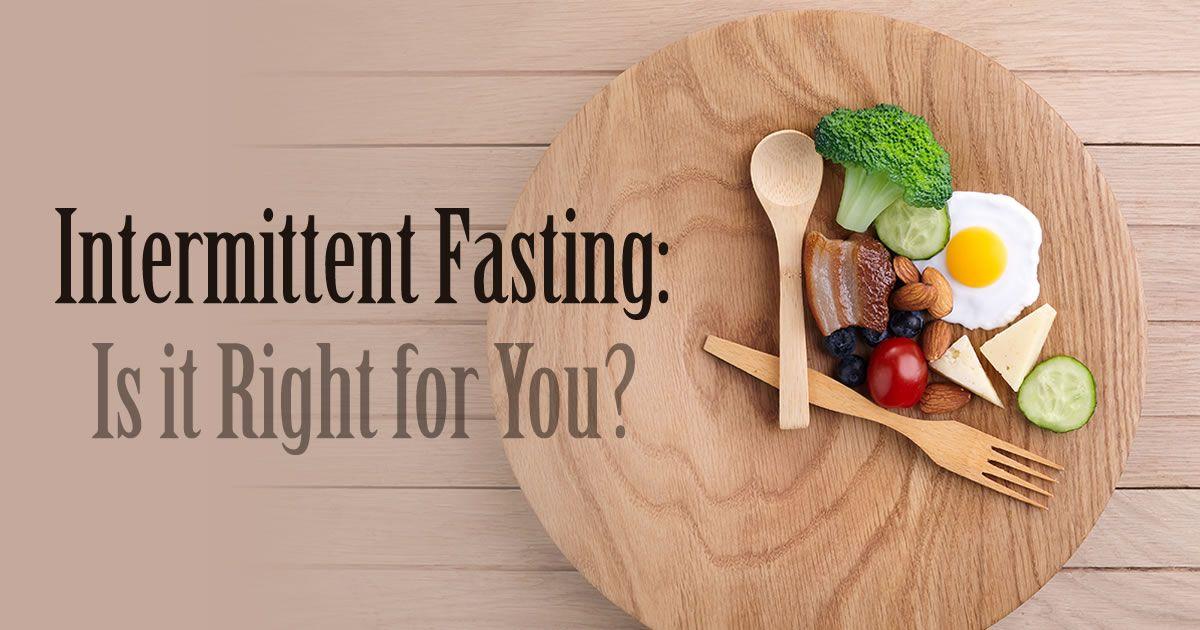The holiday season is a delightful showcase of culinary traditions that bind communities and families, highlighting a diverse array of symbolic dishes that reflect the unique cultural heritage of each region. This journey through global holiday cuisine reveals how every dish, whether sweet or savoury, carries a rich backstory and cultural significance.
- Blogs
- Food & Drink
- Top Unique Holiday Foods Worldwide 657c16c014e5bf000128e1e9
Top Unique Holiday Foods Worldwide
Food & Drink • 15 Dec, 2023 • 36,075 Views • ⭐ 1.0
Written by Shivani Chourasia

France's Symbolic Dessert: Bûche de Noël
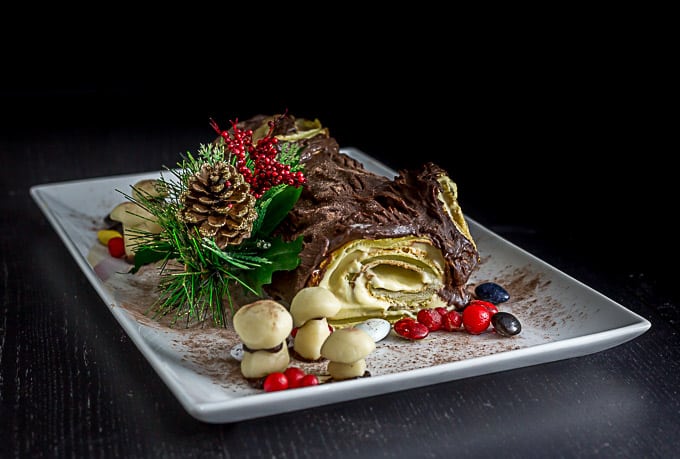
Bûche de Noël, or the Yule log, is a quintessential French Christmas dessert, embodying centuries-old traditions. Made typically with heavy cream, cocoa, eggs, sugar, and vanilla, this log-shaped cake is a culinary representation of the ancient practice of burning a Yule log during Christmas. Decorated with icing sugar and fruit to resemble a log covered in snow, it's a festive symbol of warmth, prosperity, and the continuation of life during the cold winter months. Enjoyed from Christmas Eve through New Year's Day, it's a testament to France's rich culinary and cultural heritage.
Russia's Winter Delight: Shuba

In Russia, where Christmas is observed on January 7th according to the Orthodox Julian calendar, Shuba, colloquially known as “herring under a fur coat,” is a beloved holiday dish. This layered salad, consisting of pickled herring, hard-boiled eggs, mayonnaise, and a medley of grated vegetables such as carrots, beets, potatoes, and onions, is a metaphor for warmth and endurance during Russia's harsh winters. The top layer, resembling a fur coat, symbolizes the need for protection and warmth. Rich in protein and vitamins, Shuba is not only a culinary tradition but also a symbol of resilience and nourishment.
FOOD & DRINK QUIZ • 10 QUESTIONS • 2 MINS
We've got a Food & Drink quiz for you!
TAP TO PLAY

Ethiopia's Festive Feast: Yebeg wot

Ethiopia's holiday table is graced by yebeg wot, a sumptuous lamb stew, which mirrors the country's tradition of communal eating and celebration. Similar to the national dish, doro wat, yebeg wot is prepared with specially fattened lamb, a variety of spices including berbere, and ingredients like onions, tomatoes, and garlic. It's typically served with injera, a spongy flatbread, symbolizing unity and sharing during the festive season. This rich and hearty stew, laden with nutrients, not only satiates the palate but also reflects Ethiopia's rich culinary traditions and the spirit of togetherness.
Peru's Festive Beverage: Spiced Hot Chocolate
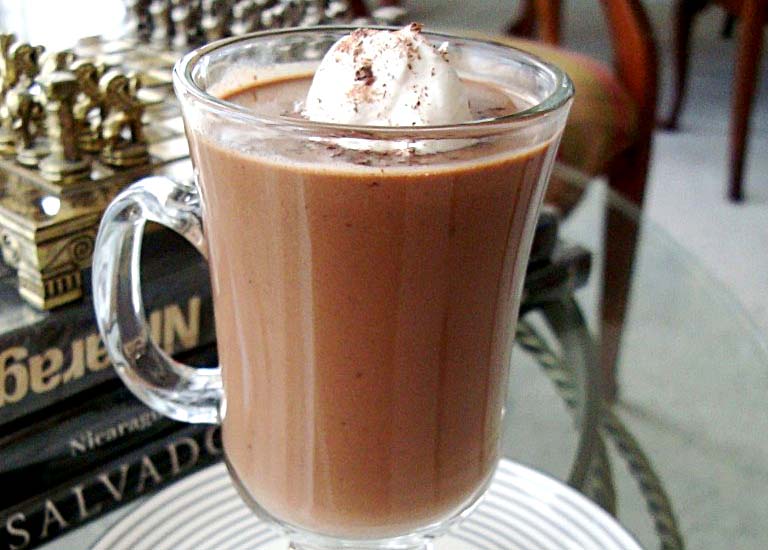
In Peru, spiced hot chocolate takes centre stage during holiday gatherings. This unique beverage, a blend of chocolate, condensed or evaporated milk, and an assortment of spices like cinnamon, chilli powder, cloves, and nutmeg, epitomizes the festive spirit. It plays a pivotal role in la Chocolatadas, a social gathering where this aromatic drink is served with panetón, a type of sweet bread. This tradition is a symbol of communal joy and warmth, bringing people together to share in the delight of a drink that combines the richness of chocolate with the zest of spices.
England's Historic Pie: Mince Pie

Mince pie, an iconic holiday dessert in England, has a history steeped in tradition and symbolism. Originally filled with meat, today's mince pies are sweet, containing dried fruits, spices, and sometimes distilled spirits, encased in a pastry crust. Once shaped to represent the manger of Jesus, the modern circular pies symbolize the coming together of family and friends during the festive season. This evolution from a meat pie to a sweet dessert reflects the changing culinary tastes over centuries while maintaining its status as a staple of English holiday celebrations.
The Philippines' Morning Tradition: Bibingka
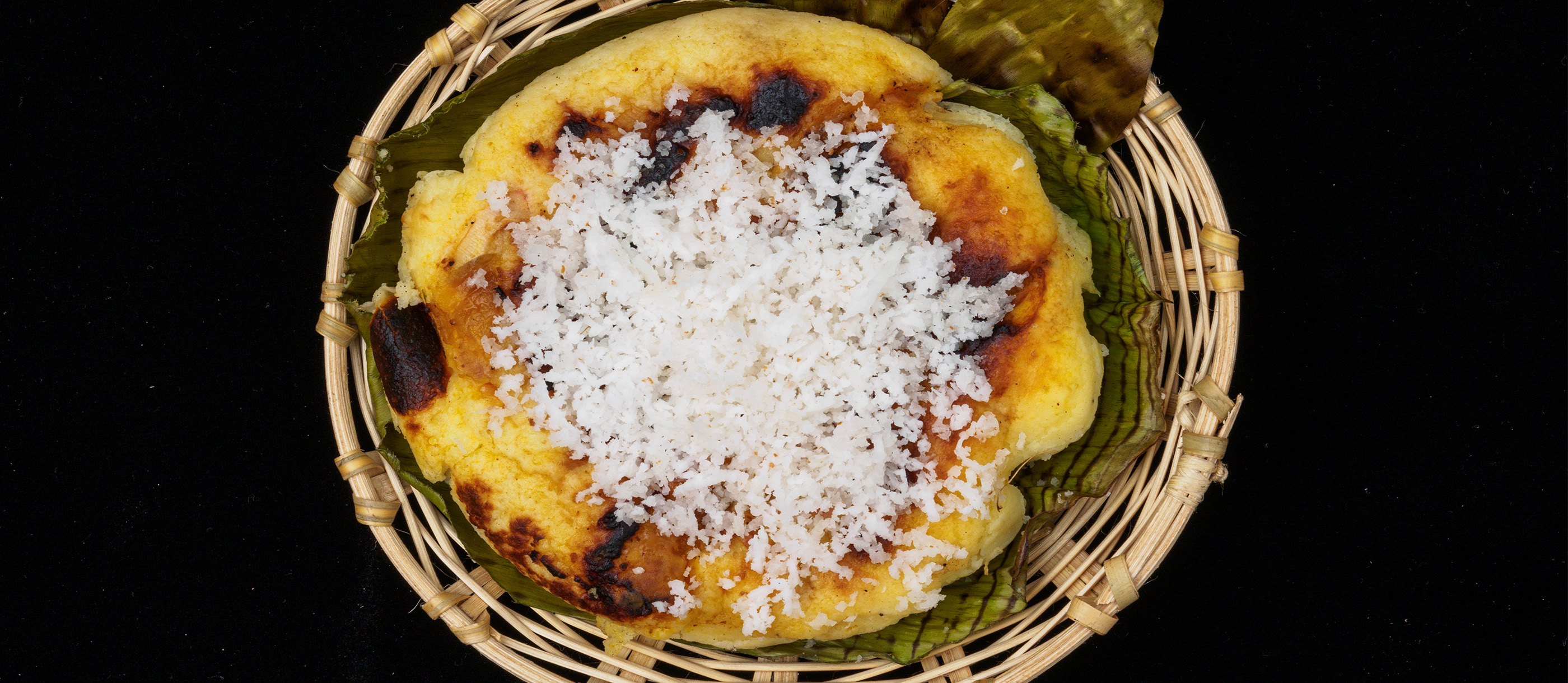
In the Philippines, the holiday season is brightened with bibingka, a traditional rice cake. Made from rice flour or sticky rice, coconut milk, sugar, and water, and cooked in banana leaves, this dish is often garnished with eggs, cheese, and coconut flakes. Bibingka is not just a breakfast item but a cultural icon, especially enjoyed after Simbáng Gabi, a series of pre-Christmas masses. The preparation and consumption of bibingka symbolize the joy of the season and the communal spirit, often enjoyed with a hot beverage, reflecting the Philippines' rich culinary heritage.
Canada's Holiday Favorite: Butter Tarts

Butter tarts are a staple in Canadian holiday cuisine, offering a taste of tradition and nostalgia. These small pastries, filled with a mixture of butter, sugar, syrup, eggs, and sometimes walnuts and raisins, represent the simplicity and warmth of home cooking. Commonly enjoyed during Thanksgiving and Christmas, butter tarts are a symbol of the festive season's indulgence and comfort. They reflect Canada's culinary identity, distinguishing it from its neighbours and showcasing the country's love for sweet, home-baked treats.
Israel's Hanukkah Essential: Latkes

Latkes, a quintessential part of Hanukkah celebrations in Israel, are more than just a tasty treat. These fried potato pancakes are a symbol of the Hanukkah miracle, where a day's worth of oil miraculously lasted eight days. Made from simple ingredients like shredded potato and onion, bound with eggs and either breadcrumbs or matzo, latkes are fried in oil, representing this historical event. Accompanied by other traditional foods, latkes are a reminder of the resilience and enduring spirit of the Jewish people, celebrated during the Festival of Lights.
Iceland's Christmas Tradition: Hangikjöt
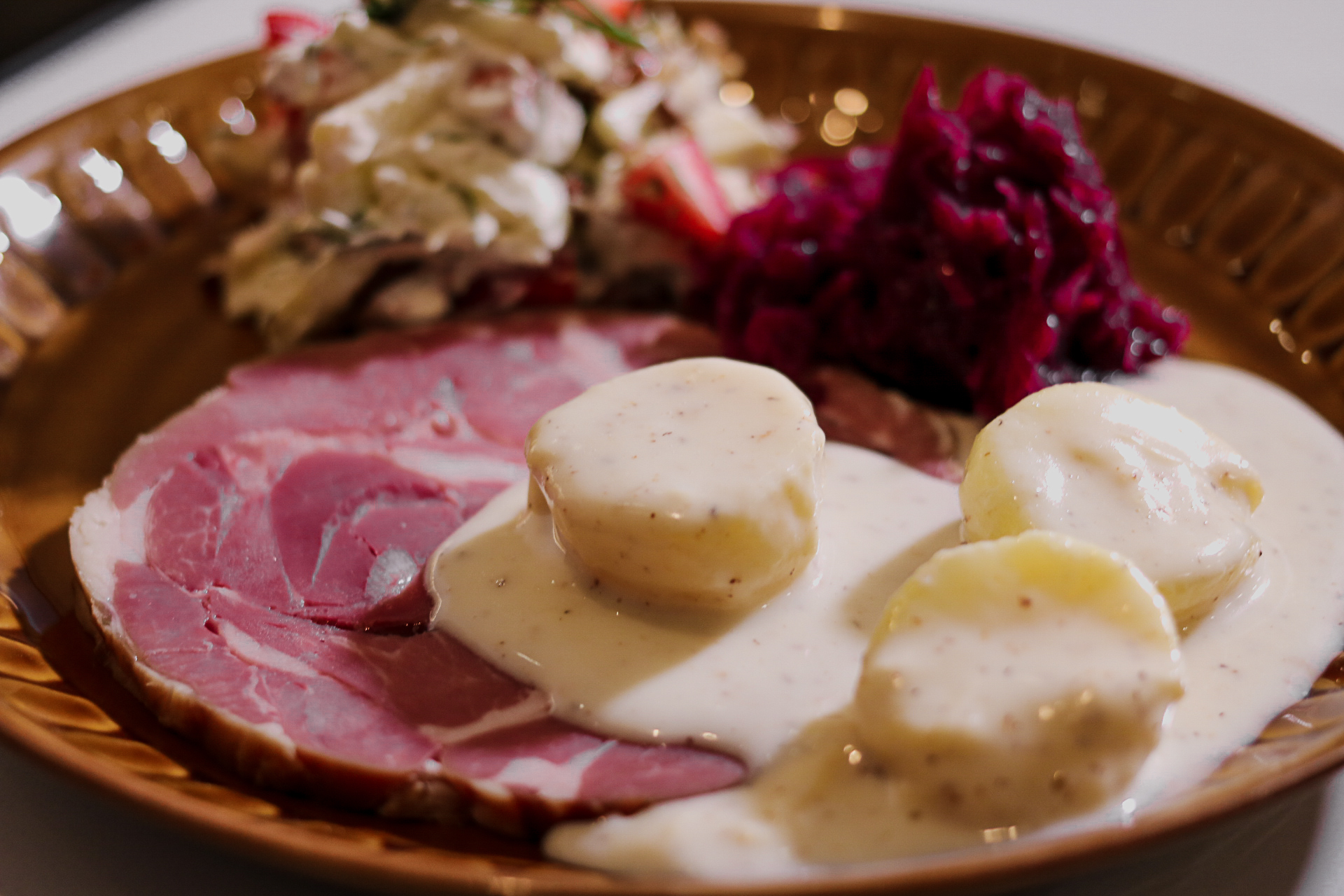
In Iceland, hangikjöt, meaning “hung meat,” is a centrepiece of the Christmas feast. This dish, typically made from smoked lamb or mutton, carries a deep cultural significance. The smoking process, an ancient method of preservation, symbolizes Iceland's historical reliance on resourceful food preparation techniques during the long winter months. Served with traditional sides like green beans, potatoes in béchamel sauce, and pickled red cabbage, hangikjöt is not just a culinary delight but also a nod to Iceland's heritage and the importance of family gatherings during the holidays.
Vietnam's Tết Celebration: Bahn Chung
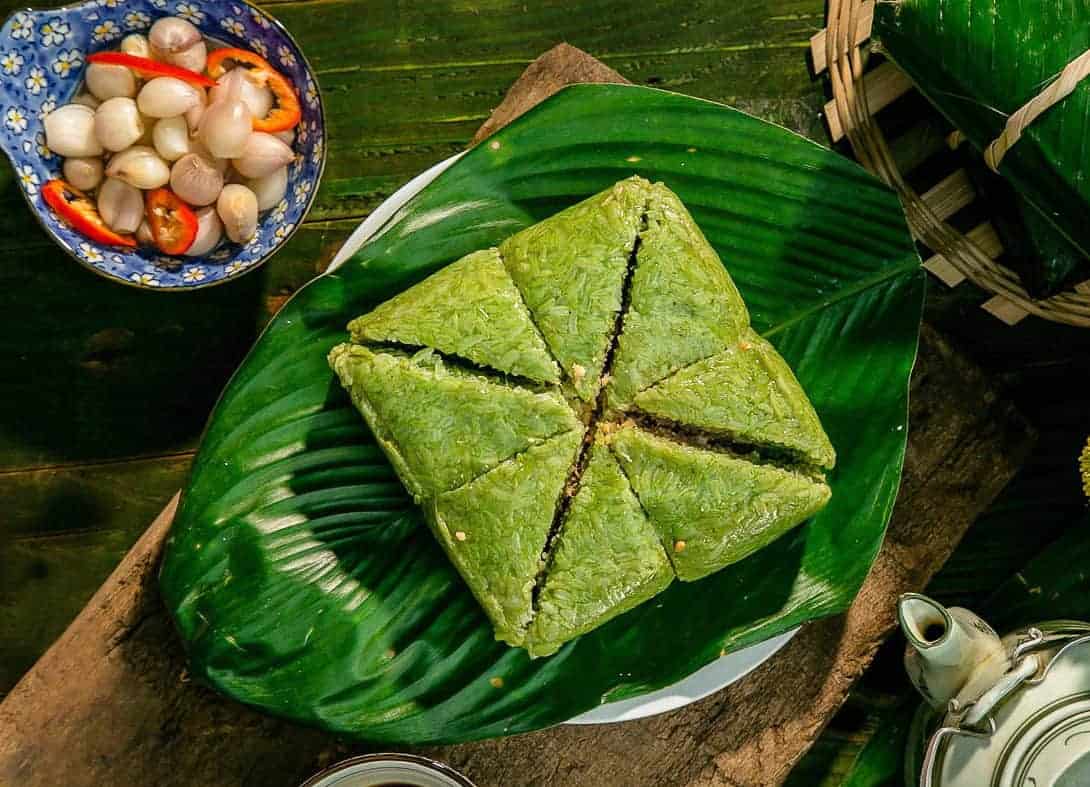
During Tết, the Vietnamese New Year, Bahn Chung plays a central role in the festivities. This traditional rice cake, made with sticky rice, pork, and mung beans, and seasoned with spices, is more than a dish—it's a symbol of gratitude and remembrance. Placed on family altars, Bahn Chung is an offering to ancestors, embodying respect and the wish for a prosperous year ahead. Its preparation and enjoyment during Tết highlight the significance of honouring past generations and the importance of family in Vietnamese culture.
Conclusion
As the holiday season approaches, these diverse dishes offer a window into the rich tapestry of global cultures. Each unique food item, deeply rooted in tradition and symbolism, tells a story of heritage, community, and the joy of shared celebrations. They remind us that, regardless of geographical boundaries, the spirit of the holidays is universal, centred around togetherness, gratitude, and the pleasure of culinary delights.
Test your knowledge of Food & Drink. Visit: https://4123.play.quizzop.com/food-and-drink-quiz/category
Rate this article
Other articles you may like
Navratri Foodies' Delight: 9 Must-Try Fasting Recipes
Food & Drink • 9 Oct, 2023 • 34,667 Views
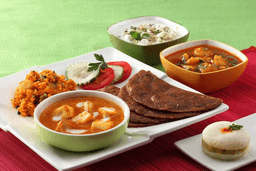
Top 7 Culinary Cities in the Mediterranean
Food & Drink • 24 Aug, 2023 • 35,069 Views
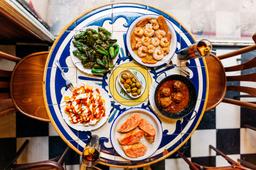
Parsi Feasts: Nowruz's Delicious Traditions
Food & Drink • 16 Aug, 2023 • 36,294 Views
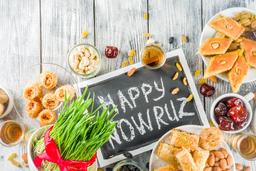
5 Street Foods You Must Try in Mumbai
Food & Drink • 14 Aug, 2023 • 38,991 Views

5 Authentic South Indian Dishes Beyond Dosa and Idli
Food & Drink • 11 Aug, 2023 • 36,337 Views
